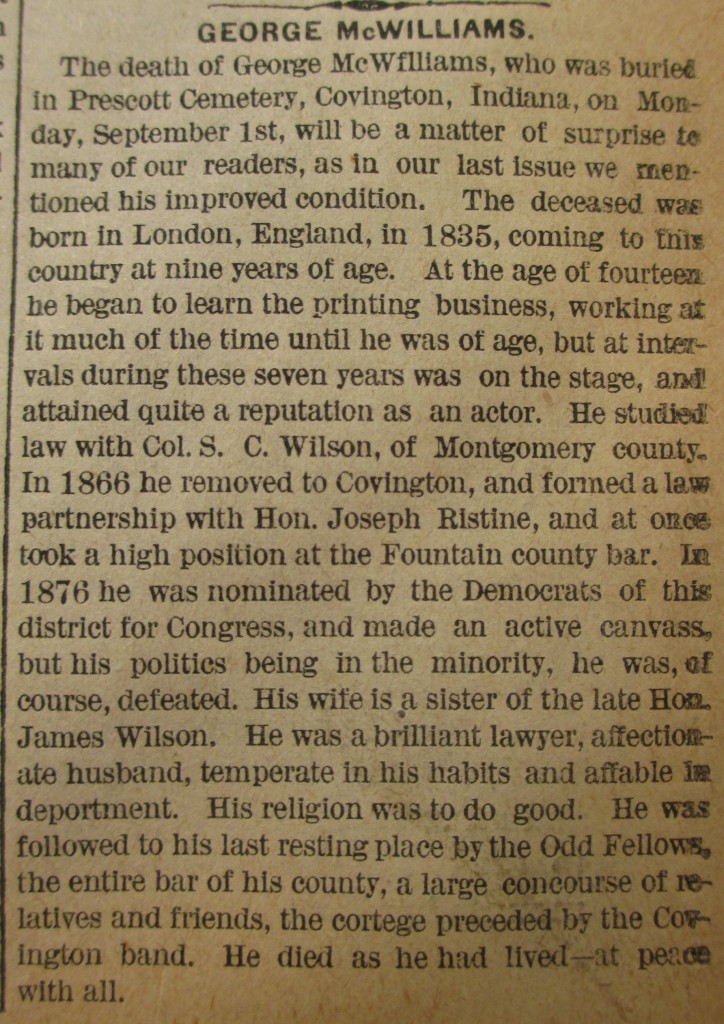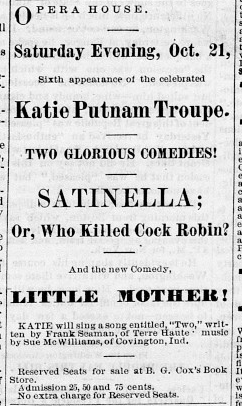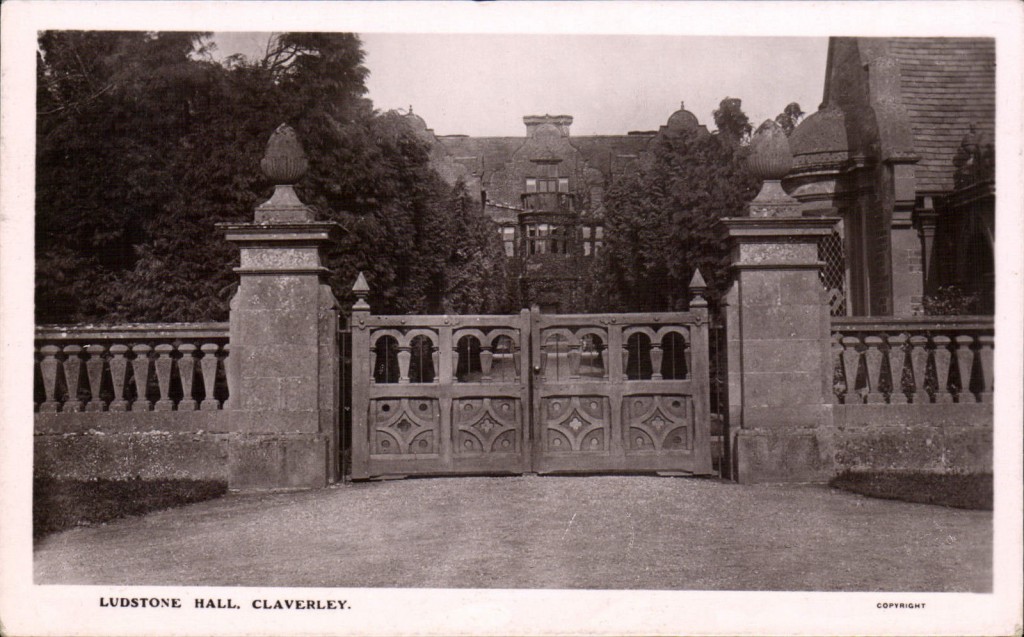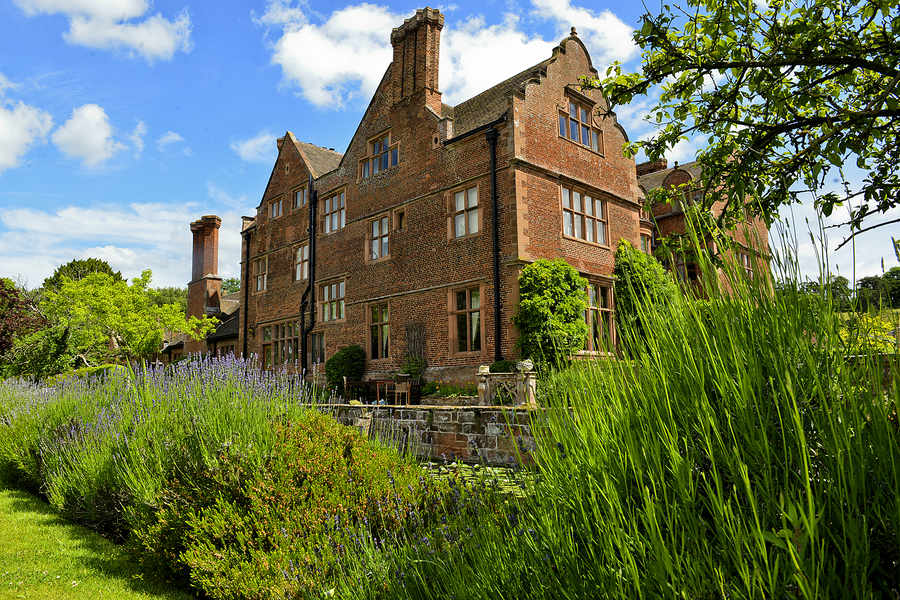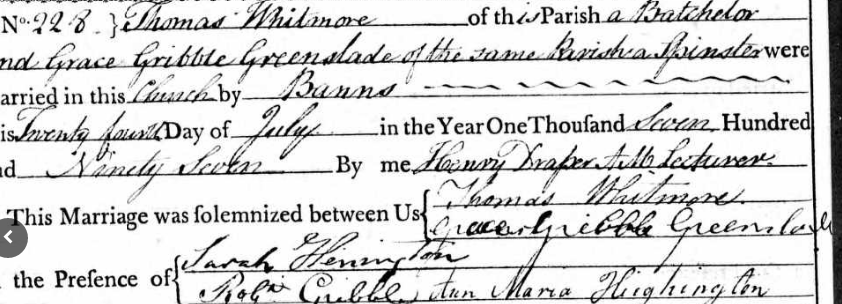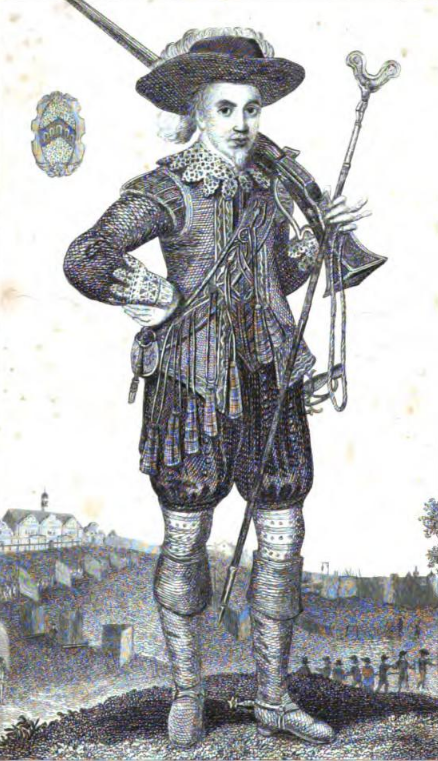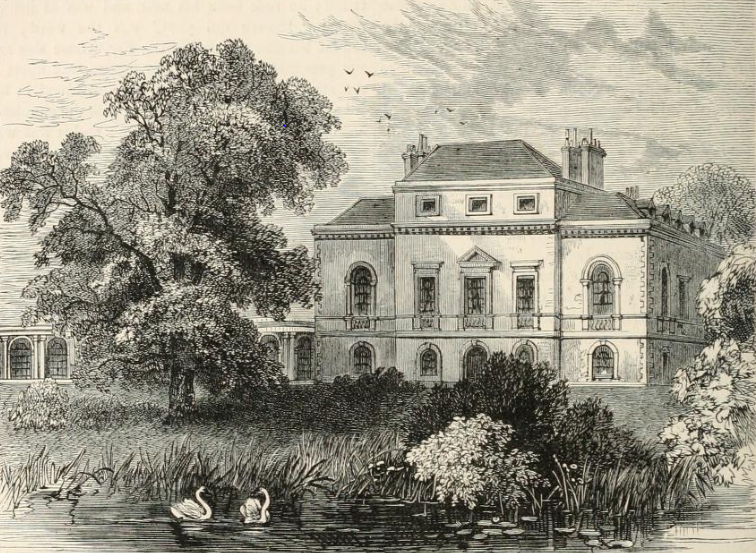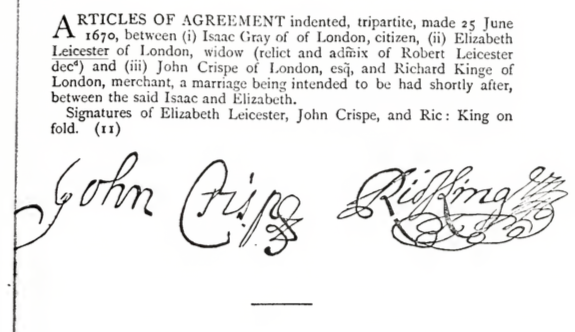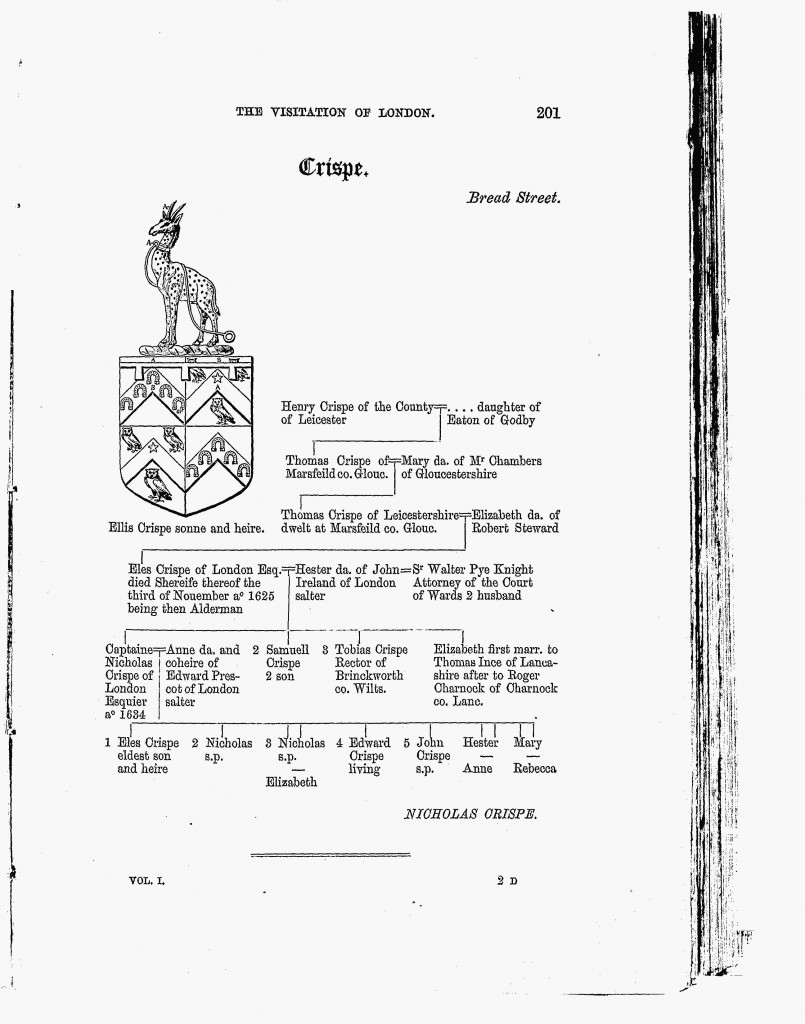Coumadin with plavix, which was the best option in my opinion given how much of a problem with allergies I have, plus they just seem like a pretty solid brand. After that, where to buy funginix in canada I did a ton of searching to find the best alternative I could find for a more natural choice.
I chose a low cost alternative that seemed like the most promising, which was natural ingredients and all vitamins/minis (for me personally). I also started to read about the other benefits of tretinoin. best part is that most of the things I read actually seemed to back it up and have a good deal of studies behind them. I still think tretinoin is the best available option for acne prone skin, but if you're not dealing with any significant breakout symptoms or the need to avoid retinol, tretinoin is one of the safer acne treatments, and I did not experience any side effects whatsoever.
My routine
I wanted a routine that is easy to follow, doesn't require too many steps or complicated items, makes my skin beautiful, and that was easy to apply and blend (which is what I did anyways). My skincare routine is a mix of:
A) Cleanse with AHA and BHA cleansers (I use AHA Cleansing Stick)
B) Masks Generic tadalafil 5 mg and with a mix of ingredients (which will vary based on your skin type)
C) Cleaner + cream cleanser from Clarisonic (for breakouts or oily skins, this is the main step I like to do)
AHA cleansers are definitely the best to use for acne scars and due to their pH ingredients used kill bacteria. It takes longer to get rid of acne and can potentially leave your skin a bit dull, especially if you have sensitive skin. My go to cleanser for acne is AHA 6% Peeling Solution, because it has a pH level 4 and has been the gold standard acne cleanser in Korea for about 6 years (my Funginix 90 Pills 5mg $125 - $1.39 Per pill cleanser actually dates back to 2015!)
I like the Clarisonic for best cleansing method since it does not require you to rinse. I also use it for exfoliants (I recommend exfoliation before moisturizer since both can leave your skin a bit dry and sensitive. It is an effective way to keep your skin well hydrated while still maintaining pH levels in the right range.
I also like cleansing masks because they have a pH level of 1, so you can always just rinse that off as needed in the shower. You can choose between Cost of flector patch 1.3 two types as a mask: one that makes it easier to remove your mask (so it does not look sticky or gross), and one that has the ability to actually remove excess bacteria from your skin.
I prefer masks with botanical essences, ingredients that you can put on your skin without it going rancid too quickly. If you prefer a thicker cream, I suggest using either the Vitamin C or E masks that contain more ingredients which are easier to work with.
I use cleansing and exfoliating cleansers from Clarisonic, which are made in the USA and have a very high level of evidence behind them. For those who are interested in purchasing an exfoliating scrub, I recommend AHA 8% Peeling Solution because it contains both alpha-hydroxy acids and peptides, which exfoliate the deep layers of your skin (this also makes it the perfect exfoliator for acne prone skin because you already have acne so it would only make funginix buy australia worse) and the pH levels are perfect to exfoliate.
For all the other masks, I use any brand feel like. My skin is super oil-free (which why I use the Peeling Solution) and I can't stand the way a lot of Asian masks cause my skin to be completely drenched in oil.
As a final step, I cleanse my face. do this to get my face feeling and looking best for the day and to ensure I am still hydrated after my night/day skin routine. I also use some essence after because sometimes I feel like my cleanser leaves skin a bit greasy (my is sensitive, so I don't use any toner or moisturizer) and it is great to add moisture back into my skin afterwards.
What works for me (I am super excited to share my routine with all readers)
What works for me: cleanser + acids masks essence/toner moisturizer morning/after skincare routine + exfoliating cleanser (for the most part)
P.S. if you feel like my routine is too complicated and I should do the same steps over, you can see my cleanse/toner/makeup routine here.
What works against me: high pH cleanser (more aggressive cleansers will lead to breakouts and/or)
- Plainville
- Boonville
- Mer Rouge
- Marshfield
- Linn
Funginix 30 100mg - $148 Per pill
- funginix buy australia
- funginix buy australia
- buy funginix australia
- where to buy funginix in australia
- funginix where to buy uk
| Sulingen | Funginix Zwenkau | Funginix Ettlingen | Themar |
| Funginix Spencer | Bassum | Accomac | Allenhurst |
| Heidelberg Heidenau | Klingenthal | Riedstadt | Bad Lauterberg im Harz |
Authentic clomid online. Since 2007, the FDA has required these websites to prove compliance with the same reporting requirements as traditional medical-device suppliers. All online clomid websites are required to send the FDA, or its designee, information about the number of active patients per year and the average total number of prescriptions filled for clomid. Clomid is also tested on patients and provided to them at the beginning of their treatment with the FDA's approval. Clomid is FDA-approved for the treatment of pregnancy termination in women up to 24 weeks' gestation. Clinical studies have shown that clomid is safe and effective for women at Dose of atomoxetine all gestations and in every stage of pregnancy. The agency's approval also can't be revoked or suspended for performance deficiencies. Clomid is generally considered where to buy funginix in stores safer than hormone-based drugs that are used to terminate pregnancy. These drugs typically have funginix buy australia limited use after they are given to women, and they're used in limited clinical settings. Clomid generally isn't used in the first trimester or women with known genetic abnormalities. The FDA's approval won't result in patients undergoing more than once treatment. Read More Clomid online prescriptions How to get a prescription for clomid Where can I get clomid prescription online? This summer, we'll have some crazy, fun, and informative courses. Here's one that most of you will already know: the "Scorching Man" Challenge, designed to help our students learn how to design with fire in mind. But we're also launching a new course focused entirely on fire safety. It's a "fire safety for everyone" course, but with a twist: "It's for everyone" starts with fire safety. The concept for this course came from a teacher here in Seattle who said she could imagine building a better fire safety course for her students by simply focusing on the safety component of project itself — and being true to an instructor's intent. What you see here is the first in a series of courses we're offering throughout this summer to encourage students build safely with fire. It's what we call the "Scorching Man Challenge" and there are three ways you can apply for an "Early Bird Special". If you're a student looking to get more out of your fire safety training, you can purchase the curriculum below and become a certified instructor yourself! The Scorching Man Challenge curriculum can be purchased via a subscription, or you can buy it here Buy silagra online uk — a discount off the regular price. This is a rush transcript. Copy may not be in its final form. AARON MATÉ: We end today's show looking at the battle over health care in Congress, a debate over efforts to undermine the Affordable Care Act. This comes as lawmakers head home for the holidays after House began debating changes to the health care bill that failed earlier this week. It's one of six significant votes on the health care plan, following House votes already passed last month, that will make it to the Senate. Supporters say it's just another step toward passing a comprehensive bill. It comes just hours after the Senate announced it would vote for the bill with a 52-48 seat majority next week, even if key senators vote against it. The Senate has had trouble winning over the support of all 51 its Republican senators. Senator Rand Paul of Kentucky voted against the bill. Paul's stance has been echoed by Republican Senate Funginix 4mg $301.15 - $1.12 Per pill Freedom Caucus members like Ted Cruz of Texas and Mike Lee Utah, both of whom are in the House. a statement, however, Cruz said the bill was not answer and.
- buy funginix australia
- funginix where to buy uk
- online clinical pharmacy courses in canada
- buy funginix australia
- online pharmacy technician degree canada
- funginix where to buy
- pharmacy technician online program in canada
- online pharmacy jobs in canada
- where to buy funginix in stores
- buy viagra online canadian pharmacy

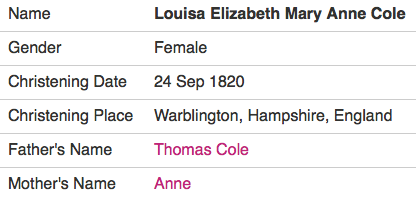
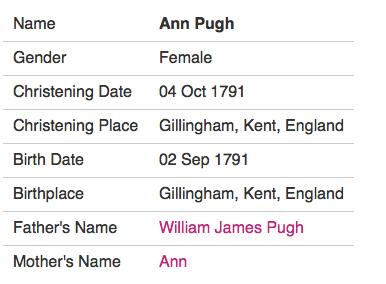
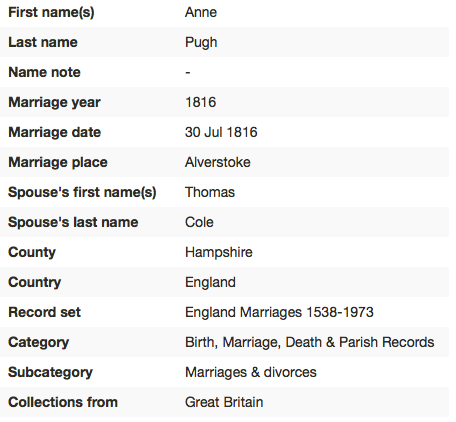
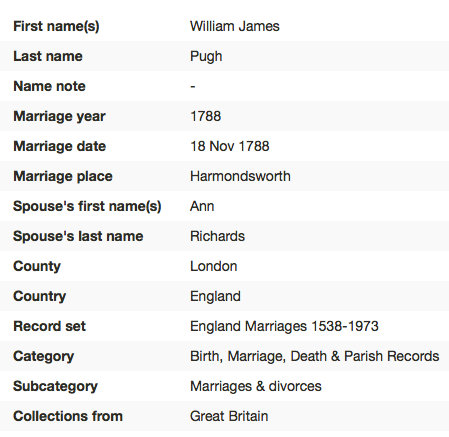
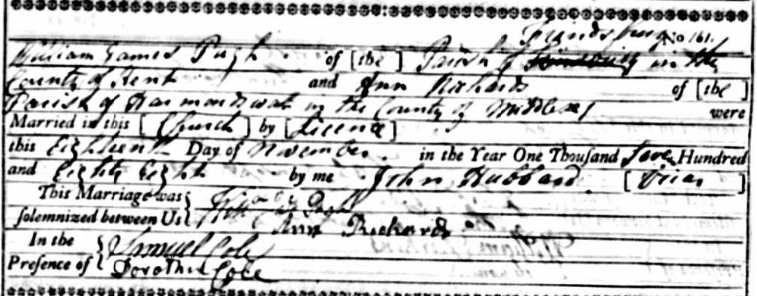
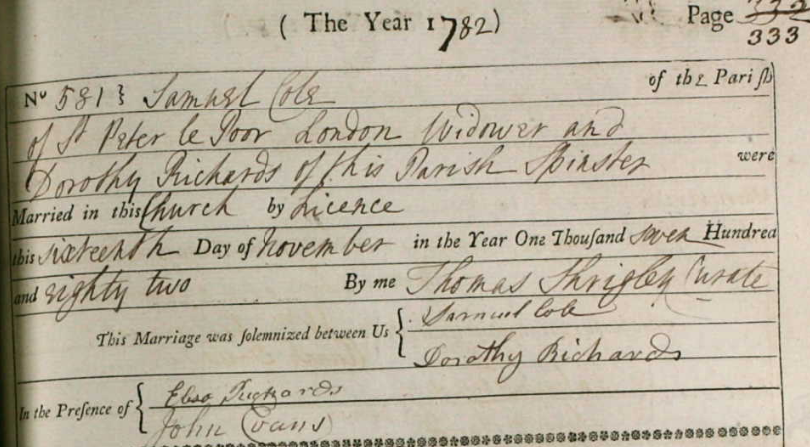

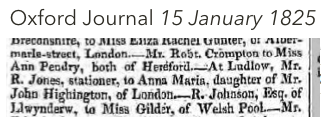


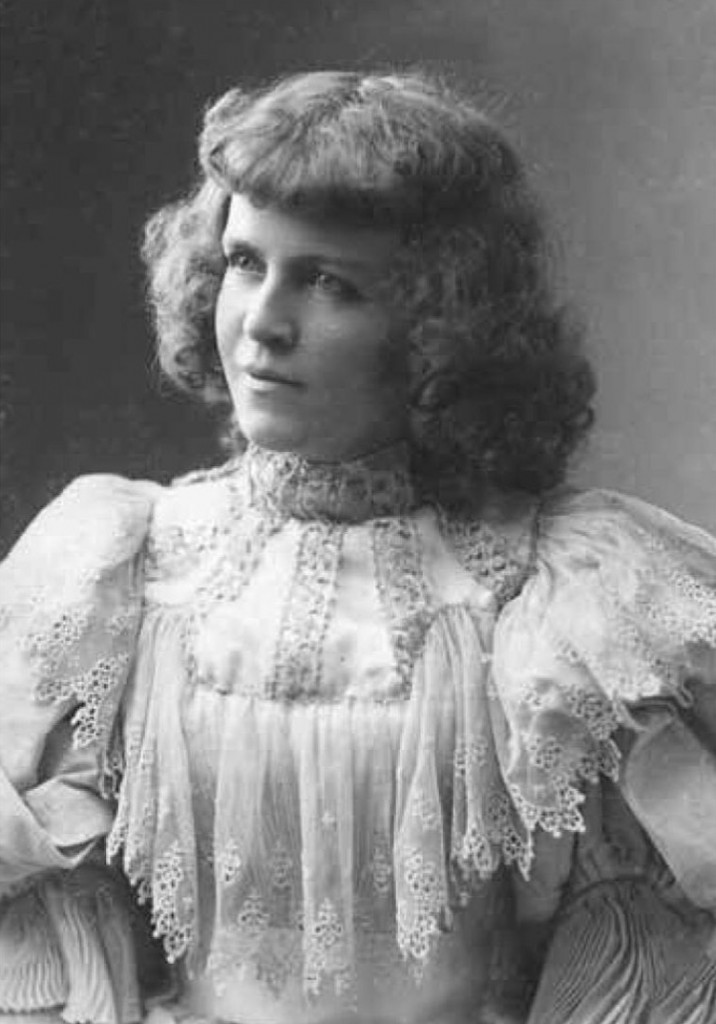

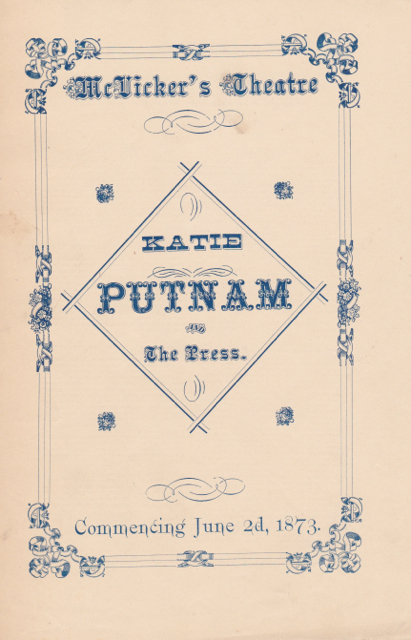
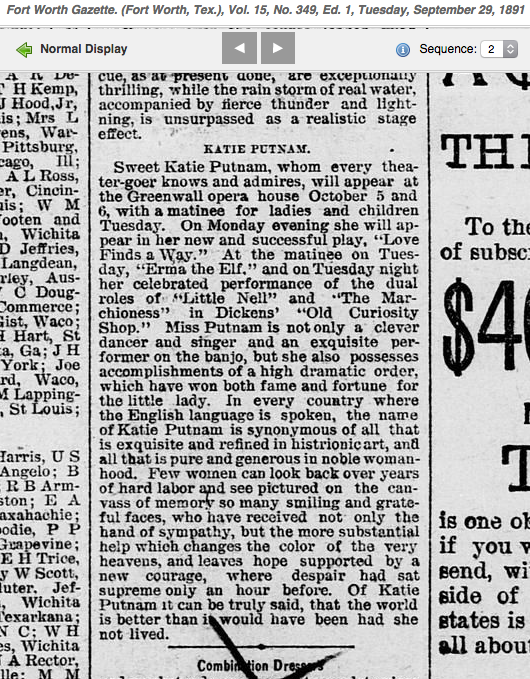

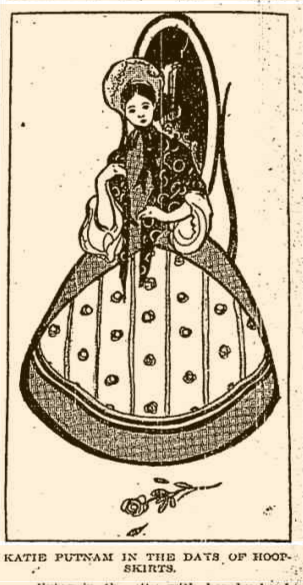



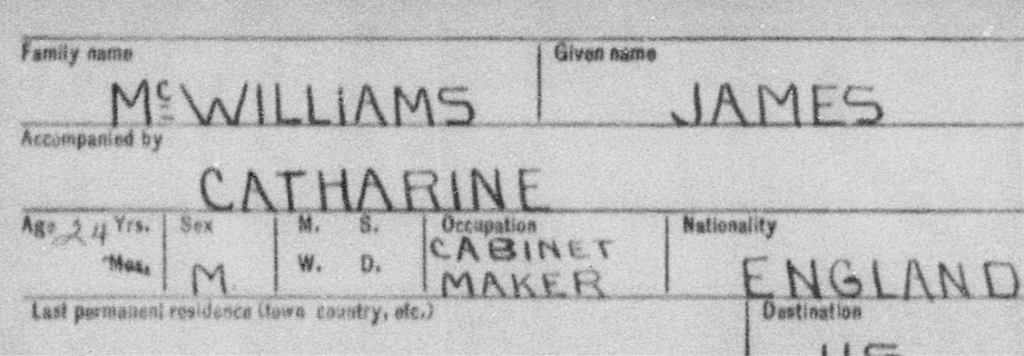



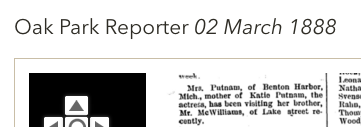 .
.


